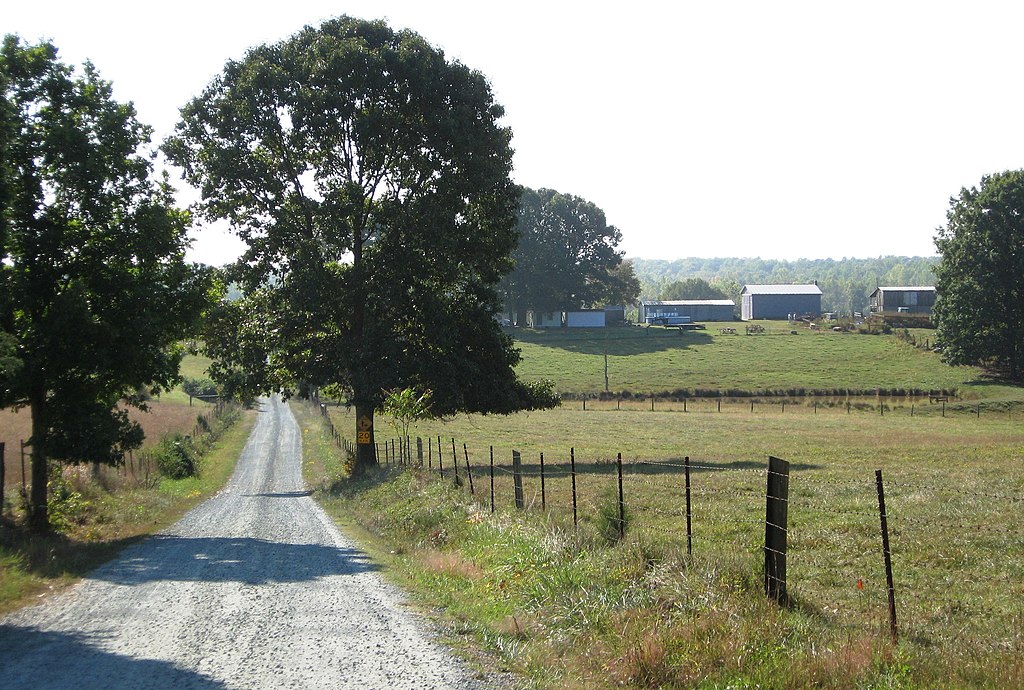Wild bees create a buzz
A few years ago I invited a local beekeeper to place a hive on my farm. I naively assumed a honey bee colony would increase pollination and thus help maximize crop production. On a preliminary visit he stopped near a mist of insects hovering around a patch of blooming blackberry briars. “You’re getting plenty of pollination,” he said, amazed, “Look at all these wild bees,” pointing to the tiny black insects that, at first glance, appeared to be small flies or large gnats. This was my introduction to the subtle but vital work of native wild bees.
The familiar honey bee is an imported European insect brought by colonists. All bees, broadly defined, are wild; i.e. the honey bee is not “tame,” only managed. But the term “wild” is so frequently applied exclusively to native North American bees that the terms are interchangeable. Honey bees (non-natives) that swarm and build independent, unmanaged colonies in hollow trees are sometimes referred to as wild bees, but more properly should be known as feral bees. Bumblebees are natives, but differ in many ways from most indigenous species.
Ignored no more
Because most native bees produce an insignificant amount of honey, early settlers had no incentive to propagate and manage these species. Imported bees, on the other hand, offered both honey and pollination. This double benefit, coupled with the fact that most native bees are much less visible and less likely to inflict painful stings, meant that wild bees quite literally dropped out of sight, though they have never disappeared entirely. But as agriculture became mechanized and supersized, and wilderness became urbanized, native bees declined because they lost habitat to monocultures and pavement. When crop production suffered, farmers turned to honey bees. Portable honey bees do their work while crops bloom, and then they are moved out of danger before pesticides are applied. Unfortunately, lingering wild bee populations have been decimated by large-scale pesticide applications. Honey bees have been having their own problems in recent years, with mite infestations and disease reducing their numbers to the point that crop production could be seriously reduced as a result. Consequently, farmers are looking for help from what has been here all along- native bees.
Close to 4,000 species of native bees live in North America, and many have never been studied comprehensively, so any description of their habits must be general and qualified. Nevertheless, they share many traits. The orchard mason bee, Osmia lignaria, (aka blue orchard bee) is a native species widespread in the east; and it exemplifies many characteristics of wild bees. The mason and other wild bees produce no excess honey or beeswax, and most do not live in colonies; though individuals do nest very close to one another, as people in an apartment building. Their life cycle is short and simple. After mating in the spring, a female builds nests in almost any protected nook, such as hollow weed stems, snail shells, and human-constructed nest boxes. She shapes a cell using mud and other materials; collects nectar, and after mixing her honey with pollen, deposits the “bee bread” in the cell. She lays an egg near this food supply, and seals the cell shut. Each female constructs a series of these cells and dies shortly thereafter. After hatching within the cell, the larvae feeds on the bee bread, spins a cocoon, and matures into an adult; but remains in the cell over the winter.
Perfect timing
The short lifespan of wild bees would seem to be impractical to farmers, but the timing of certain species is perfect for various crops, and their lengthy maturation period inside the self-contained cells makes them easy to manage. The blue mason bee, for example, is managed commercially for orchard pollination, and probably is the most well-known wild bee. Native bees match or exceed honey bees in their ability to pollinate crops. Natives forage shorter distances and thus remain near the targeted crop. Wild bees go to work early in the spring before honey bee numbers increase, and they are active at lower temperatures. The fact that many wild bees are inefficient at gathering pollen counter-intuitively makes them more efficient crop pollinators because they must visit flowers more frequently. They gather both pollen and nectar in a single flower visit (honey bees don’t always do both), and the natives’ vigorous motions, as well as distinctive anatomical features, help spread pollen where it is needed.
No one suggests that native bees will or should displace honey bees. After all, who wants to give up that delicious honey? The two bee types can easily coexist, and one study even shows that the presence of wild bees stokes honey bees into being more active and thus more efficient pollinators themselves. In short, we can literally reap the benefits of both bee types with just a little more recognition and care for the ones that pollinated the first crops at Jamestown and Plymouth Rock.
Related Articles
Latest News
More Stories

Leave a comment
Your email address will not be published. Required fields are marked *





Leave a Comment